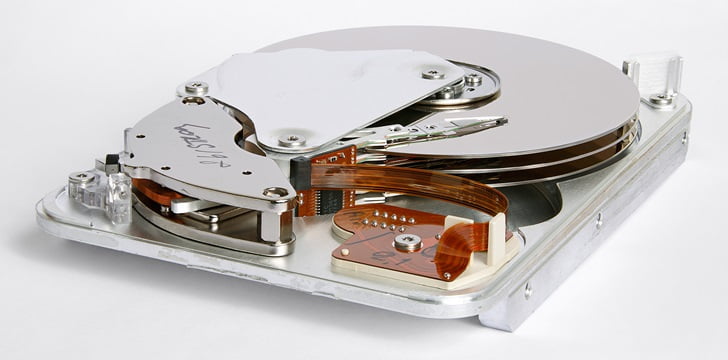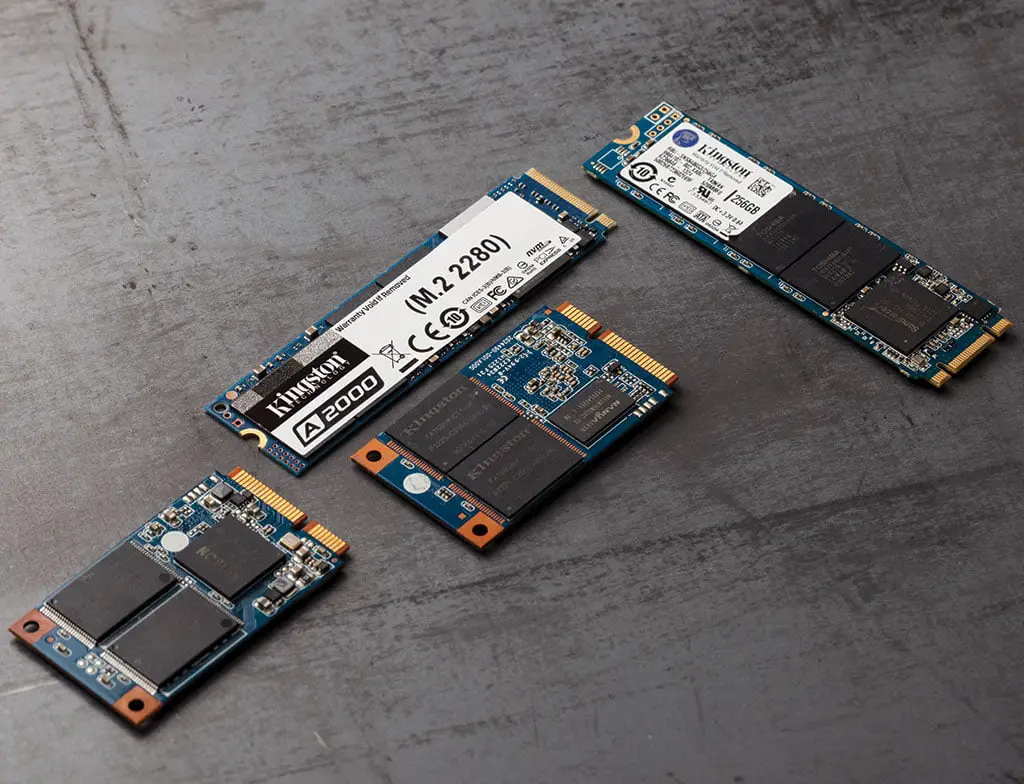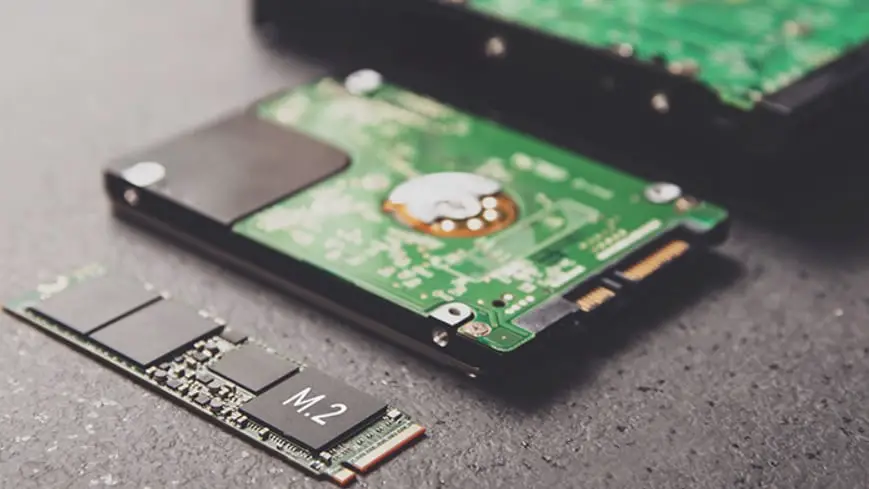Today we are going to talk about how does SSD work and why it is so important that you have one on your PC instead of an HDD.
An SSD (Solid State Drive) is a high-speed storage unit. They are the replacement for the old Hard Disk Drives (HDD), which until a few years ago were the standard storage unit for computer systems.
To understand how an SSD works and, above all, its importance, we must first talk about hard disks, storage units that were basically the only answer to file storage in a computer system (and are still useful, but for other purposes).
What is an HDD and how does it work?

An HDD, as its name suggests, contains a disk. This is a magnet that stores information inside its code and writes and reads it across the entire surface. Like all other disks we know, it has to rotate before it can be read.
Hard disks occupy a magnetic arm that has to move and record the information, at the same time that the disk rotates inside it. They gain their efficiency through the speed at which they can spin. By their very construction and engineering, they are slow (they are the slowest component of any computer system) and fragile. Any damage to the moving parts, whether it is the arm, the rotor, or the disk, affects its operation and it will stop working, losing all the information inside it.
How does SSD work?
On the other hand, an SSD is considered “solid-state” because it has no moving parts, but everything inside its construction is chips and soldered parts that are not at risk of being damaged as easily as an HDD is.
Within an SSD, the memory is not physically distributed across a disk but is written on memory chips that manage it completely digitally. SSDs, at the same time, have much faster access times, as they rely entirely on DRAM and simple processing instruction.
The latencies between an SSD and an HDD are simply incomparable. Likewise, the speed they achieve in data exchange is also two totally different worlds. While the average speed of an HDD (depending on the type of disk and its rpm) is around 90MB/s, an entry-level SSD alone can transfer data at up to 200MB/s.
SSDs have advanced in their construction and technology development, either in their regular versions or in their M.2 versions, which instead of using transmission through a SATA port do it through PCIe, which further increases their performance and data transmission rate, as well as decreasing their latencies.
Why is it so important to have an SSD?

By itself, an SSD will not increase the performance of your PC, that depends more on the crucial components which are the CPU and GPU in terms of graphics. However, the utilities of a solid-state drive are significantly superior to that of a hard drive.
Lower latencies, as well as higher speeds, mean faster loading times and much faster data access. This is especially important when launching the software, such as the operating system itself, which is recommended to always have it stored in the fastest non-volatile memory available, since the complete control of our computer system depends on this software.
On the other hand, in productivity tasks, such as video editing, image, or data processing, a solid state drive also represents better access to resources, contrary to an HDD, in which latency and speed will affect the way we can work.
Also, in gaming, this means much faster loading screens and much more efficient response times (in-game execution, not in-game performance), which will also depend on the type of SSD and the speeds they deliver, but in any case, they will be better than an HDD.
There is also a lot of talk about the inconvenience of the short lifespan (compared to an HDD) of having a data write limit. This has also improved over time, an SSD for an average user with a high load of office work can last between 10 and 15 years, which far exceeds the lifetime of an average PC.
Hard disk drives are good for their low cost as well as their large storage sizes make them perfect for servers and large storage banks. Despite their speed, using them as an alternative to mass storage is the best option right now, because the SSD is still too expensive to lend itself to such a task.





